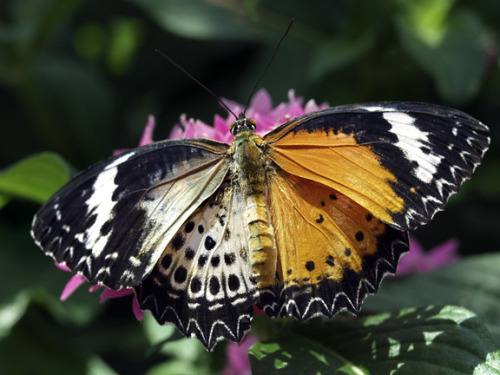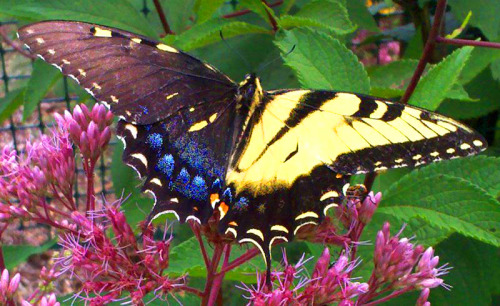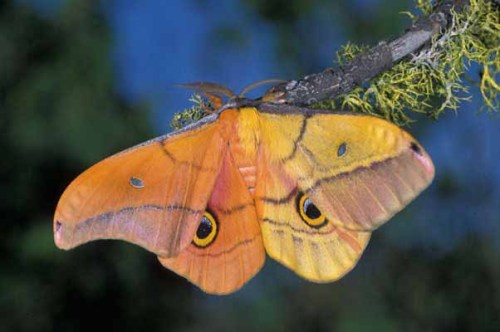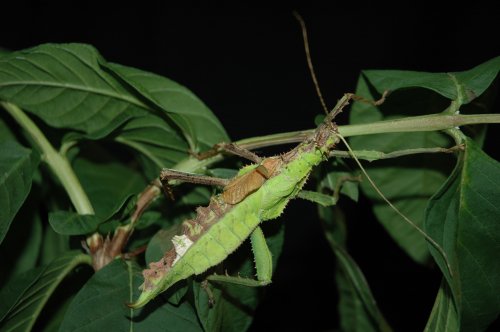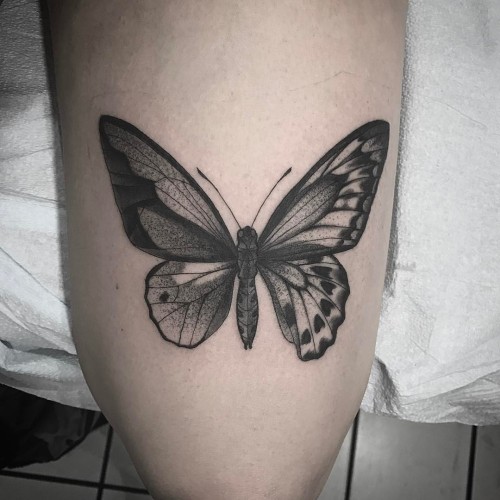#gynandromorph
Chemera and Mosaic Insects Part 2-Butterflies and Moths
A chimera (also spelled chimaera) (from the creature Chimera in Greek mythology) is a single organism composed of cells from different zygotes. This can result in male and female organs, two blood types, or subtle variations in form. Animal chimeras are produced by the merger of multiple fertilized eggs. If the different cells have emerged from the same zygote, the organism is called a mosaic. Chimeras are formed from at least four parent cells (two fertilised eggs or early embryos fused together). Each population of cells keeps its own character and the resulting organism is a mixture of tissues. Chimeras can often breed, but the fertility and type of offspring depends on which cell line gave rise to the ovaries or testes; varying degrees of intersex differences may result if one set of cells is genetically female and another genetically male. A gynandromorph is an organism that contains both male and female characteristics, authorities say. The term gynandromorph, from Greek “gyne” female and “andro” male, is mainly used in the field of entomology, though it has also been observed in arthropods and birds as well. Another way that chimærism can occur in animals is by organ transplantation, giving one individual tissues that developed from two genomes. For example, a bone marrow transplant can change someone’s blood type. Normally, chimærism is not visible on casual inspection; however, it has been detected in the course of proving parentage and may be more common than was believed before the advent of DNA testing.
Post link
A Malayan jungle nymph exhibiting bilateral gynandromorphism - the green half of it is female, while the brown half is male.
“The cause of this phenomenon is typically, but not always, an event in mitosis during early development. While the organism is only a few cells large, one of the dividing cells does not split its sex chromosomes typically. This leads to one of the two cells having sex chromosomes that cause male development and the other cell having chromosomes that cause female development.”
Post link
“ A gynandromorph’s body is part male, part female. In the most spectacular cases, called bilateral gynandromorphs, each sex gets half of the insect: wings, genitalia, body size and other sex-related features.” Cool! #gynandromorph #entomology #butterflytattoo (at Passage Tattoo)
Post link

When I want to express more abstract ideas or emotions, recently, I draw birds. This gynandromorph cardinal is for hope and resilience. Especially queer and trans hope and resilience.

